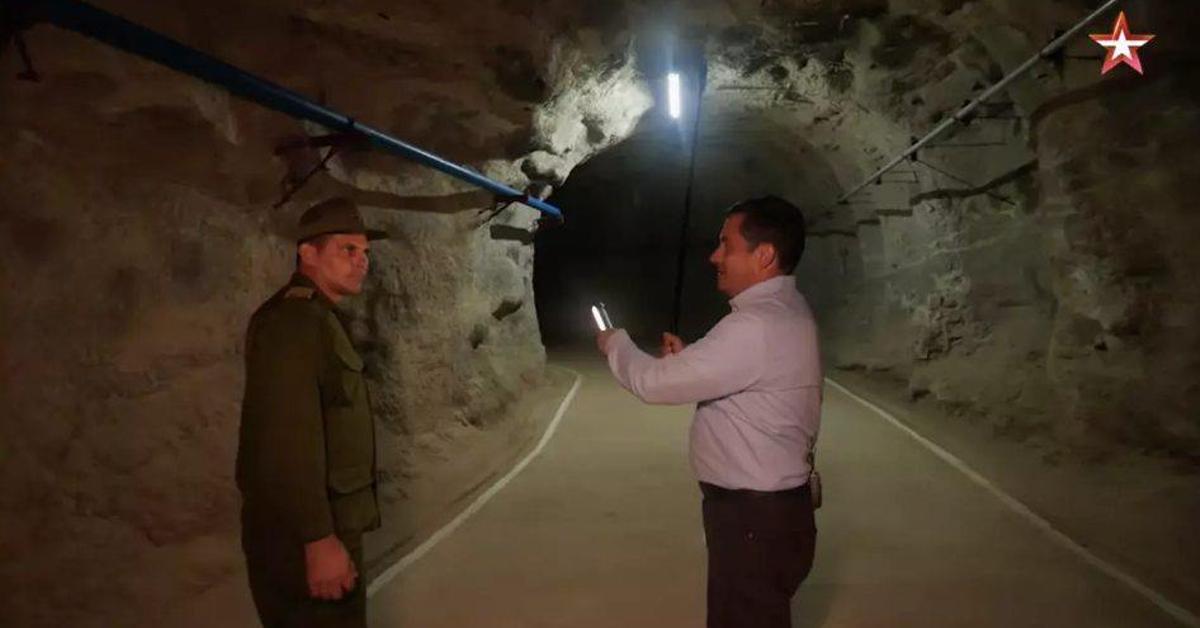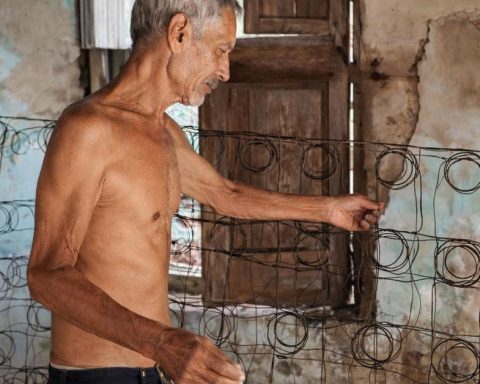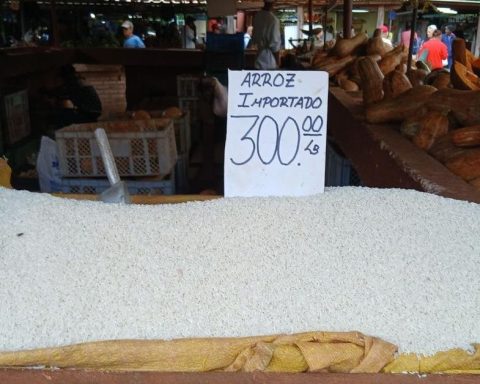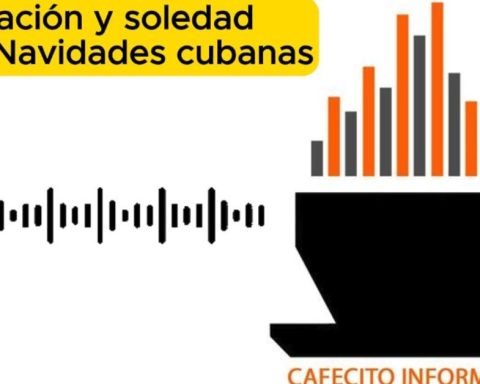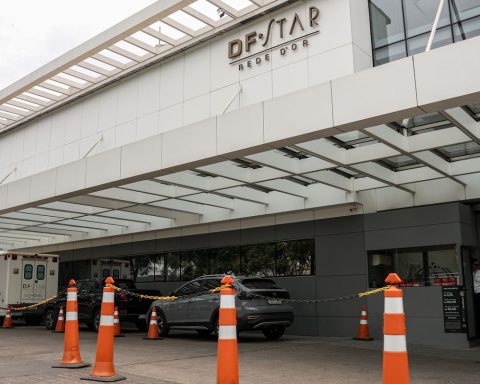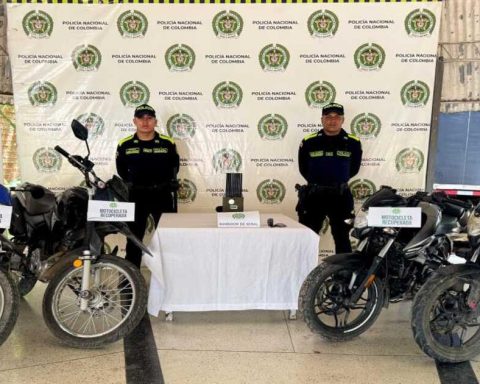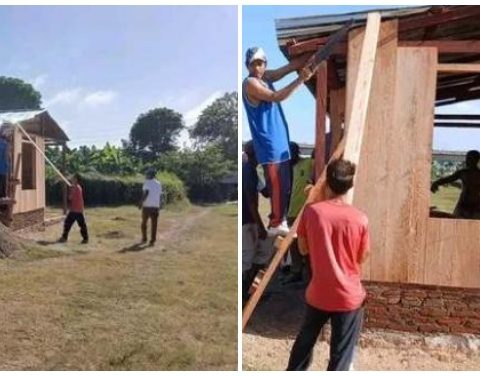Holguin/Of the Cuban Army arsenal that exploded in Melones, Holguín, on January 7, only a few structures remain standing. The shock wave and fire consumed everything, from the barracks to the war material whose detonation caused the death of 13 soldiers, nine of them young recruits. The conclusion is clear: “The protocols were violated there.”
The speaker is a retired captain of the Armed Forces, interviewed on condition of anonymity by 14ymedio. His evaluation of the case, as a former officer and weapons manager in an Eastern Army unit, is that Melones is one of the most costly recent episodes of negligence for the Cuban people.
“The officers who lost their lives there knew the risk they were taking; “Soldiers, no,” the soldier says bluntly. “They knew the type of war material that was in there and how highly explosive it was.”
When the captain refers to in there refers to the labyrinth of underground tunnels that made up the arsenal. Cubans, accustomed to suspecting that “the mountains are hollow” due to the work and grace of the Army, cannot imagine the attention and resources that have been dedicated to the construction of these warehouses, always attached to military units, which are now the source of this diary describes in great detail.
“The door to the Melones tunnels, and all the magazines in Cuba, is something very great”
“The door to the Melones tunnels, and all the magazines in Cuba, is something very great,” he says. “It is a large cement arch, an entrance that can fit up to two war tanks, one side by side. The doors are made of a special material, a mixture of lead, sand, iron and concrete.”
In Cuban military jargon, this set of construction materials has a name that recalls the most exciting years of the Cold War: the “anti-atomic league.”
The tragedy of Melones took place within this scenario. Outbursts, screams, command orders – negligent and carelessly issued in the heat of the moment, the captain assesses – and the recruits operating without understanding the caliber of the material. “They sent those children to be killed,” he insists. “The correct protocol was immediate evacuation.”
“The Armed Forces have specialists in weapons and explosives control, they even have technical forces trained in firefighting. They are what people call ‘FAR firefighters,’” he explains. “You couldn’t enter there and the order that should have been given was to evacuate the unit and notify the relevant authorities.”
“Those tunnels were hermetically closed. When there is a fire, if you open the mouth of the tunnel you are oxygenating the fire”
The military did the opposite. “Those tunnels were hermetically sealed. When there is a fire, if you open the mouth of the tunnel – that heavy and immense door – you are oxygenating the fire. “They opened the mouth of the tunnel and went in like crazy.” According to some of his former colleagues aware of other details of the explosion, with whom he has discussed the case, toxic gases were already coming out of the Melones tunnel.
“They went in there and then the oxygen fanned the flames,” he continues. “There were two soldiers who tried to enter. One came out coughing, suffocated by the gases and smoke. The other was the one who did not want to enter and said that he preferred to go to prison rather than die. A few minutes later, the tunnels exploded.”
The case is reminiscent in everything of the 2020 outbreak in the military unit of La Púain the town of Velasco –just 50 kilometers from Melones–. What exploded then was also an ammunition warehouse “in poor condition.” Silos with bullets, rifles, various types of machinery. The mushroom of yellowish smoke that rose over the arsenal, photographed by the town’s inhabitants, was almost identical to that of Melones.
The big difference, the former officer emphasizes, was that in La Púa the 1,245 inhabitants of the town were quickly evacuated and that, as the official note about the explosion stated, “there was no loss of human life to be regretted.” Furthermore, “that unit had less explosive material than the Melones powder magazine.”
“The Ministry of the Armed Forces will keep the secret of how much material exploded in Melones and what operation was carried out there”
There are other recent cases, all similar, that point to the obsolescence of the material stored in the Armed Forces’ underground magazines. Almost everything dates back to Soviet times, when Fidel Castro tried to arm the country to the teeth. In 2017, a silo exploded in Songo-La Maya, Santiago de Cuba; In 2011, an ammunition depot exploded in Boyeros, Havana; In 2000, another warehouse burst 20 kilometers from Matanzas.
The Cubans know that, despite the death of the 13 soldiers, the Ministry of the Armed Forces will keep the secret of how much material exploded in Melones and exactly what operation was being carried out in the unit before the incident. “There are still sporadic explosions there,” confirms the former captain interviewed by 14ymedio.
“The Government will never admit it, but there was negligence,” he insists. “There would have been material damage, of course, but all those lives could have been saved. “He wouldn’t have missed a single one.”
